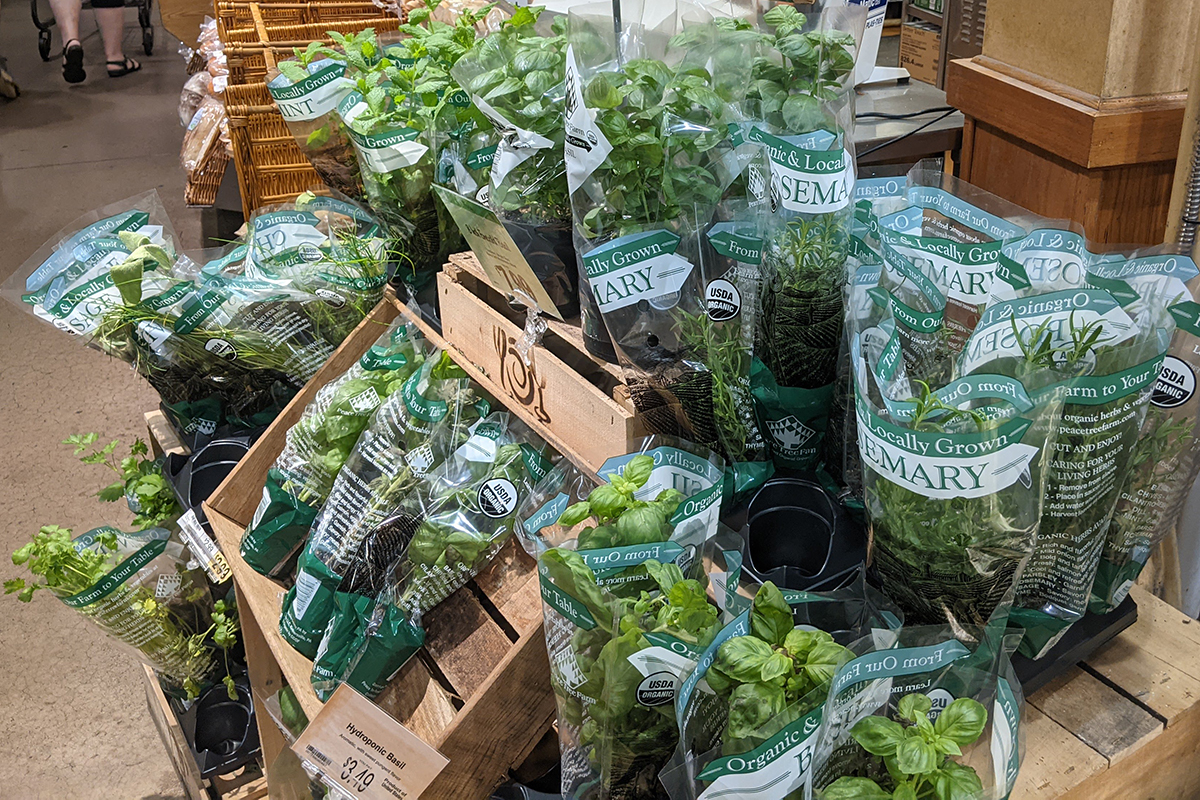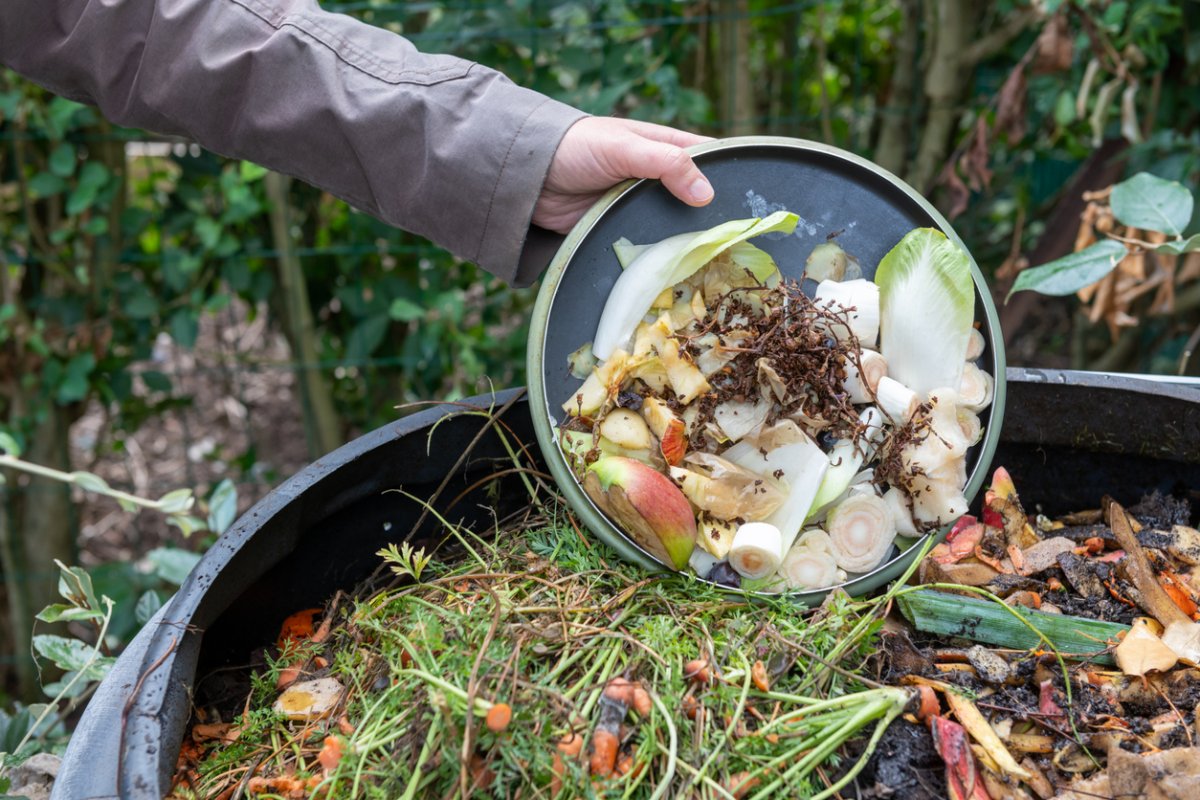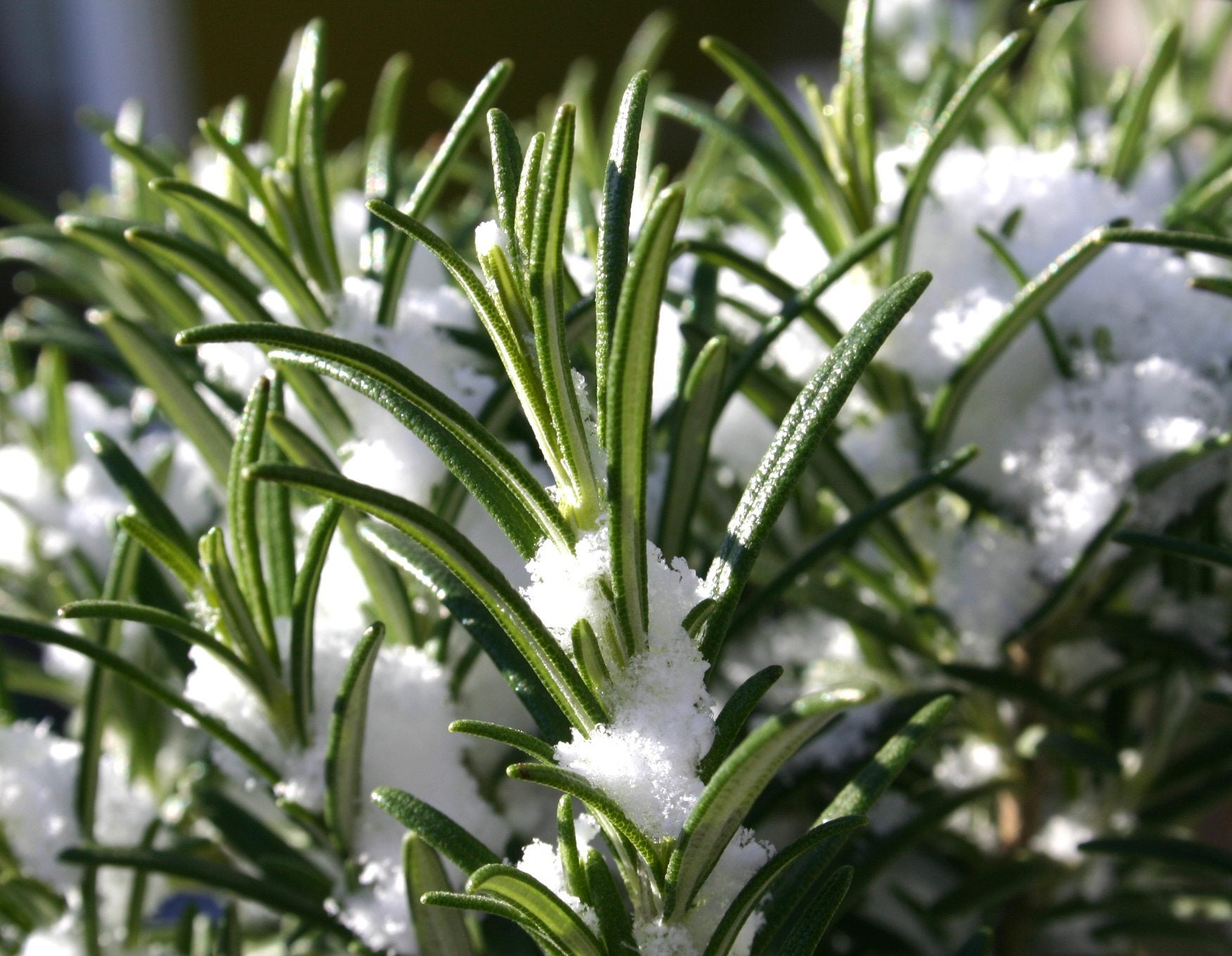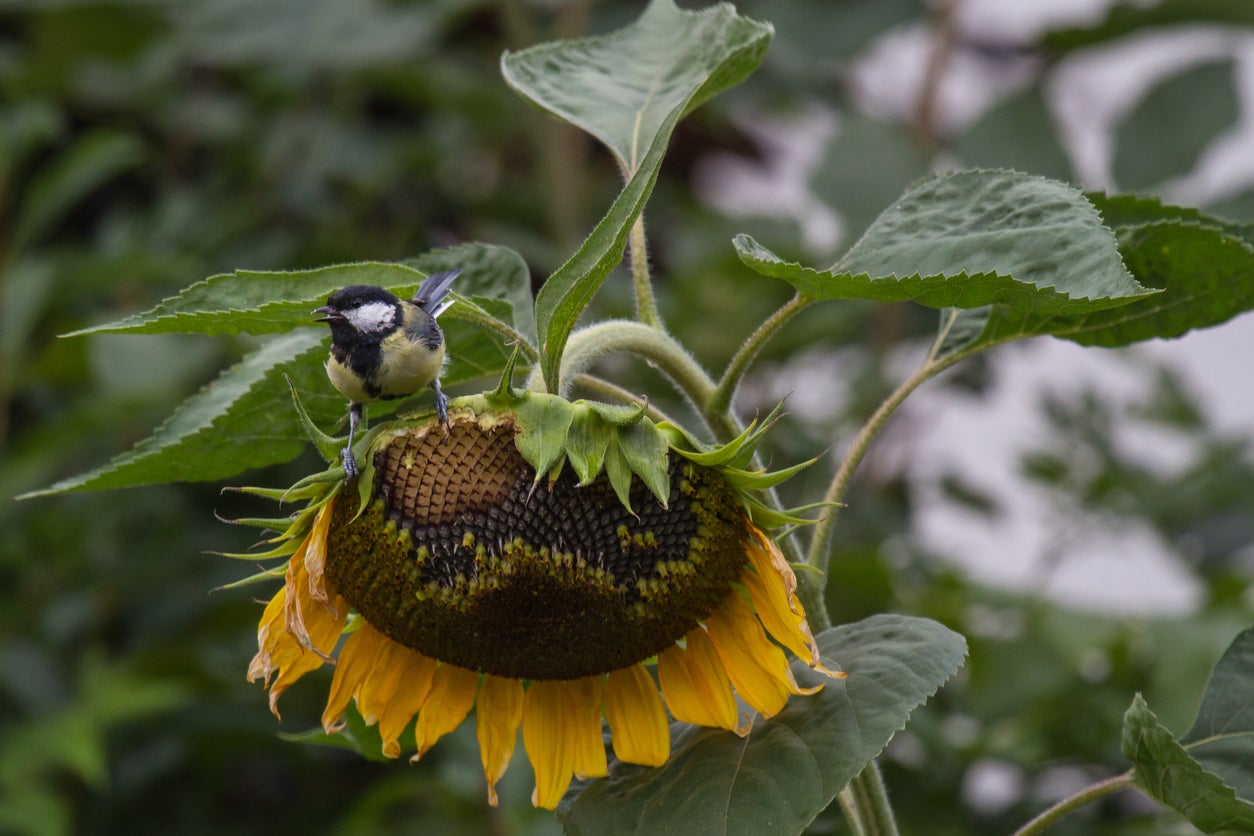Home>Gardening Basics>Understanding Soil>How To Keep Soil Moist


Understanding Soil
How To Keep Soil Moist
Published: February 7, 2024
Learn how to keep soil moist and healthy with our comprehensive guide. Understanding soil and its moisture needs is essential for successful gardening.
(Many of the links in this article redirect to a specific reviewed product. Your purchase of these products through affiliate links helps to generate commission for Chicagolandgardening.com, at no extra cost. Learn more)
Table of Contents
Introduction
Understanding how to keep soil moist is essential for successful gardening and agriculture. Soil moisture plays a pivotal role in the growth and health of plants, making it a critical factor for farmers, gardeners, and environmentalists alike. By maintaining optimal soil moisture levels, you can ensure that your plants thrive and contribute to a sustainable ecosystem.
The ability to retain moisture in soil is a fundamental aspect of soil health, influencing the availability of water and nutrients to plant roots. As such, it directly impacts plant growth, yield, and overall ecosystem stability. Whether you are cultivating a garden, managing a farm, or simply nurturing houseplants, the knowledge of how to keep soil moist is invaluable.
In this article, we will explore the significance of soil moisture, the factors that affect it, and various techniques for effectively retaining moisture in soil. By understanding these principles, you can take proactive measures to promote healthy plant growth and contribute to the conservation of natural resources. Let's delve into the world of soil moisture and discover how to harness its potential for sustainable and flourishing plant life.
Importance of Soil Moisture
Soil moisture is a cornerstone of plant health and ecosystem sustainability. Adequate moisture in the soil is essential for facilitating the uptake of nutrients by plant roots, enabling crucial biological and chemical processes, and supporting overall plant vigor. The significance of soil moisture extends across various domains, including agriculture, horticulture, and environmental conservation.
One of the primary roles of soil moisture is to serve as a reservoir for water and essential nutrients that plants require for growth and development. When soil moisture levels are optimal, plants can efficiently absorb water and nutrients, promoting robust root development and enhancing their ability to withstand environmental stressors. Additionally, adequate soil moisture contributes to improved soil structure, aeration, and microbial activity, fostering a healthy and balanced ecosystem.
In agricultural contexts, maintaining appropriate soil moisture levels is crucial for maximizing crop yields and ensuring food security. By managing soil moisture effectively, farmers can mitigate the impact of drought and optimize water usage, thereby promoting sustainable agricultural practices. Furthermore, in landscaping and gardening, understanding the importance of soil moisture is vital for nurturing vibrant and resilient plants, whether in home gardens, public parks, or urban green spaces.
Beyond its direct impact on plant health, soil moisture also plays a critical role in environmental sustainability. Proper soil moisture levels support biodiversity by creating favorable conditions for a diverse range of flora and fauna. Moreover, by retaining moisture in the soil, it contributes to water conservation and helps prevent soil erosion, thereby safeguarding natural habitats and promoting ecological balance.
Recognizing the multifaceted importance of soil moisture underscores the need for proactive soil moisture management. By appreciating its role in sustaining plant life, supporting agricultural productivity, and preserving natural ecosystems, we can implement measures to maintain optimal soil moisture levels and contribute to a greener, more resilient world.
Factors Affecting Soil Moisture
Several factors influence the moisture content of soil, shaping its capacity to retain water and support plant growth. Understanding these factors is crucial for effective soil moisture management and sustainable land use practices. From environmental conditions to soil composition, a range of elements can impact soil moisture levels, ultimately influencing the health and productivity of plant life.
- Climate: The climate of a region, including precipitation patterns, temperature fluctuations, and humidity levels, significantly affects soil moisture. Arid and semi-arid climates, characterized by low rainfall and high evaporation rates, often result in drier soil conditions, while regions with consistent rainfall may maintain higher soil moisture levels.
- Soil Composition: The composition of soil, including its texture, structure, and organic matter content, plays a pivotal role in determining moisture retention. Soils with high clay content tend to hold more water due to their fine particles, while sandy soils drain more quickly, leading to lower moisture retention.
- Topography: The topography of an area, such as slope gradient and landscape features, influences water movement and soil moisture distribution. Sloped terrain can lead to water runoff and uneven moisture levels, impacting the overall soil moisture balance.
- Land Use Practices: Human activities, such as deforestation, agriculture, and urban development, can alter soil moisture dynamics. Clearing forests or intensive farming practices can disrupt natural moisture retention mechanisms, leading to soil degradation and reduced moisture levels.
- Vegetation Cover: The presence of vegetation, including trees, shrubs, and ground cover, can influence soil moisture by providing shade, reducing evaporation, and contributing organic matter to the soil. Well-established vegetation can enhance soil moisture retention and create a more conducive environment for plant growth.
By recognizing the interplay of these factors, we can implement targeted strategies to maintain optimal soil moisture levels and mitigate the impact of environmental challenges. Whether through sustainable land management practices, soil amendments, or water conservation measures, addressing the factors affecting soil moisture is essential for fostering healthy ecosystems and resilient plant communities.
Techniques for Keeping Soil Moist
Maintaining adequate soil moisture is a cornerstone of successful gardening, farming, and land management. Fortunately, a variety of techniques can be employed to retain soil moisture effectively, promoting healthy plant growth and sustainable ecosystem dynamics. By implementing these strategies, individuals and communities can optimize water usage, support biodiversity, and contribute to environmental conservation efforts.
- Mulching: Applying organic mulch, such as wood chips, straw, or compost, to the soil surface helps regulate soil temperature, reduce evaporation, and suppress weed growth. Mulch acts as a protective layer, insulating the soil and retaining moisture, thereby creating a favorable environment for plant roots.
- Drip Irrigation: Utilizing drip irrigation systems delivers water directly to the root zones of plants, minimizing water loss through evaporation and runoff. This targeted approach ensures efficient water usage and maintains consistent soil moisture levels, particularly in areas with limited water resources.
- Water-Saving Polymers: Water-absorbing polymers, also known as hydrogels, can be incorporated into the soil to enhance its water retention capacity. These polymers absorb and release water as needed, reducing the frequency of irrigation while providing a steady water supply to plant roots.
- Cover Cropping: Planting cover crops, such as legumes or grasses, helps protect the soil from excessive evaporation, erosion, and nutrient depletion. Cover crops contribute organic matter to the soil, improve its structure, and enhance moisture retention, fostering a resilient and fertile growing environment.
- Soil Amendments: Incorporating organic matter, such as compost or well-rotted manure, into the soil enhances its water-holding capacity and nutrient content. Amending the soil with organic materials improves its structure, promotes microbial activity, and sustains optimal moisture levels for plant growth.
By integrating these techniques into gardening, agriculture, and land rehabilitation practices, individuals can effectively manage soil moisture and reduce water waste. Furthermore, these approaches contribute to the conservation of natural resources, support sustainable land use, and foster resilient ecosystems that thrive in diverse environmental conditions.
Conclusion
Understanding the dynamics of soil moisture is integral to fostering healthy plant growth, supporting agricultural productivity, and preserving natural ecosystems. By recognizing the importance of soil moisture and the factors that influence it, individuals can implement targeted techniques to maintain optimal moisture levels in the soil, promoting sustainable land use and environmental stewardship.
From mulching and drip irrigation to cover cropping and soil amendments, a diverse array of strategies exists to retain soil moisture effectively. These techniques not only enhance plant resilience and productivity but also contribute to water conservation efforts, mitigating the impact of environmental challenges such as drought and soil degradation.
By embracing these practices, individuals and communities can play a pivotal role in creating vibrant, resilient landscapes that support diverse flora and fauna. Moreover, by prioritizing soil moisture management, we can contribute to the preservation of natural habitats, the mitigation of climate change, and the promotion of sustainable agriculture.
As we navigate the complexities of environmental sustainability and land management, the knowledge and application of soil moisture retention techniques empower us to cultivate thriving ecosystems, conserve water resources, and foster a greener, more resilient world for generations to come.








